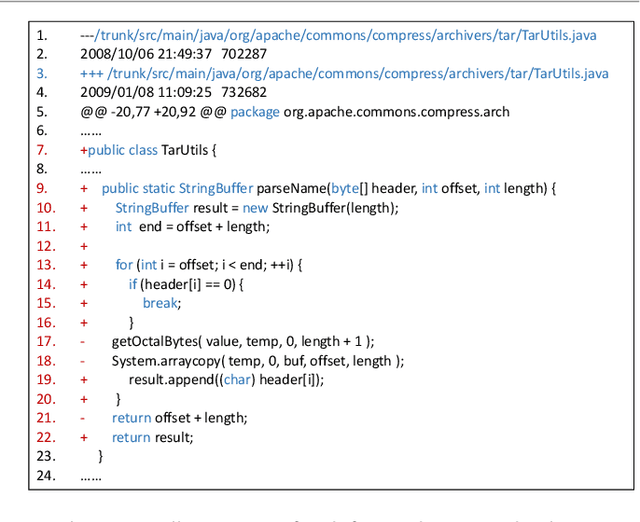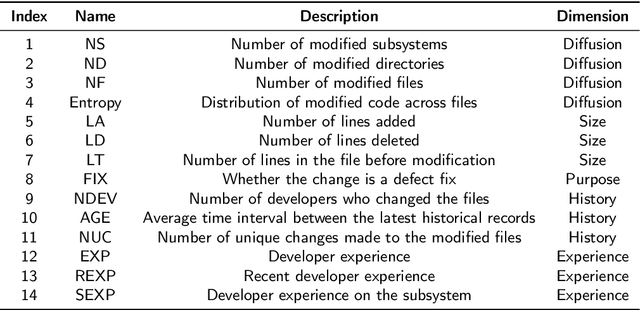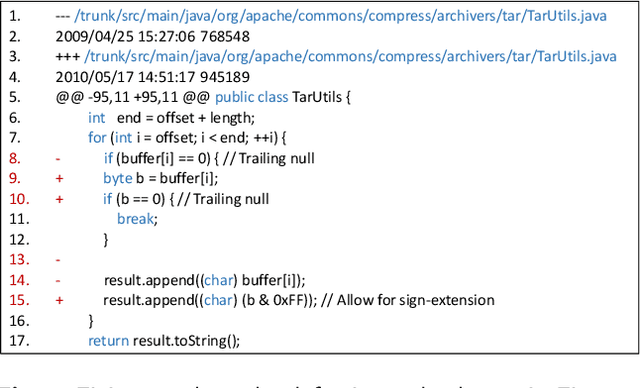Beijun Shen
Anti-adversarial Learning: Desensitizing Prompts for Large Language Models
Apr 25, 2025Abstract:With the widespread use of LLMs, preserving privacy in user prompts has become crucial, as prompts risk exposing privacy and sensitive data to the cloud LLMs. Traditional techniques like homomorphic encryption, secure multi-party computation, and federated learning face challenges due to heavy computational costs and user participation requirements, limiting their applicability in LLM scenarios. In this paper, we propose PromptObfus, a novel method for desensitizing LLM prompts. The core idea of PromptObfus is "anti-adversarial" learning, which perturbs privacy words in the prompt to obscure sensitive information while retaining the stability of model predictions. Specifically, PromptObfus frames prompt desensitization as a masked language modeling task, replacing privacy-sensitive terms with a [MASK] token. A desensitization model is trained to generate candidate replacements for each masked position. These candidates are subsequently selected based on gradient feedback from a surrogate model, ensuring minimal disruption to the task output. We demonstrate the effectiveness of our approach on three NLP tasks. Results show that PromptObfus effectively prevents privacy inference from remote LLMs while preserving task performance.
Empowering AI to Generate Better AI Code: Guided Generation of Deep Learning Projects with LLMs
Apr 21, 2025Abstract:While large language models (LLMs) have been widely applied to code generation, they struggle with generating entire deep learning projects, which are characterized by complex structures, longer functions, and stronger reliance on domain knowledge than general-purpose code. An open-domain LLM often lacks coherent contextual guidance and domain expertise for specific projects, making it challenging to produce complete code that fully meets user requirements. In this paper, we propose a novel planning-guided code generation method, DLCodeGen, tailored for generating deep learning projects. DLCodeGen predicts a structured solution plan, offering global guidance for LLMs to generate the project. The generated plan is then leveraged to retrieve semantically analogous code samples and subsequently abstract a code template. To effectively integrate these multiple retrieval-augmented techniques, a comparative learning mechanism is designed to generate the final code. We validate the effectiveness of our approach on a dataset we build for deep learning code generation. Experimental results demonstrate that DLCodeGen outperforms other baselines, achieving improvements of 9.7% in CodeBLEU and 3.6% in human evaluation metrics.
Just-In-Time Software Defect Prediction via Bi-modal Change Representation Learning
Oct 15, 2024



Abstract:For predicting software defects at an early stage, researchers have proposed just-in-time defect prediction (JIT-DP) to identify potential defects in code commits. The prevailing approaches train models to represent code changes in history commits and utilize the learned representations to predict the presence of defects in the latest commit. However, existing models merely learn editions in source code, without considering the natural language intentions behind the changes. This limitation hinders their ability to capture deeper semantics. To address this, we introduce a novel bi-modal change pre-training model called BiCC-BERT. BiCC-BERT is pre-trained on a code change corpus to learn bi-modal semantic representations. To incorporate commit messages from the corpus, we design a novel pre-training objective called Replaced Message Identification (RMI), which learns the semantic association between commit messages and code changes. Subsequently, we integrate BiCC-BERT into JIT-DP and propose a new defect prediction approach -- JIT-BiCC. By leveraging the bi-modal representations from BiCC-BERT, JIT-BiCC captures more profound change semantics. We train JIT-BiCC using 27,391 code changes and compare its performance with 8 state-of-the-art JIT-DP approaches. The results demonstrate that JIT-BiCC outperforms all baselines, achieving a 10.8% improvement in F1-score. This highlights its effectiveness in learning the bi-modal semantics for JIT-DP.
InfeRE: Step-by-Step Regex Generation via Chain of Inference
Aug 08, 2023Abstract:Automatically generating regular expressions (abbrev. regexes) from natural language description (NL2RE) has been an emerging research area. Prior studies treat regex as a linear sequence of tokens and generate the final expressions autoregressively in a single pass. They did not take into account the step-by-step internal text-matching processes behind the final results. This significantly hinders the efficacy and interpretability of regex generation by neural language models. In this paper, we propose a new paradigm called InfeRE, which decomposes the generation of regexes into chains of step-by-step inference. To enhance the robustness, we introduce a self-consistency decoding mechanism that ensembles multiple outputs sampled from different models. We evaluate InfeRE on two publicly available datasets, NL-RX-Turk and KB13, and compare the results with state-of-the-art approaches and the popular tree-based generation approach TRANX. Experimental results show that InfeRE substantially outperforms previous baselines, yielding 16.3% and 14.7% improvement in DFA@5 accuracy on two datasets, respectively. Particularly, InfeRE outperforms the popular tree-based generation approach by 18.1% and 11.3% on both datasets, respectively, in terms of DFA@5 accuracy.
 Add to Chrome
Add to Chrome Add to Firefox
Add to Firefox Add to Edge
Add to Edge